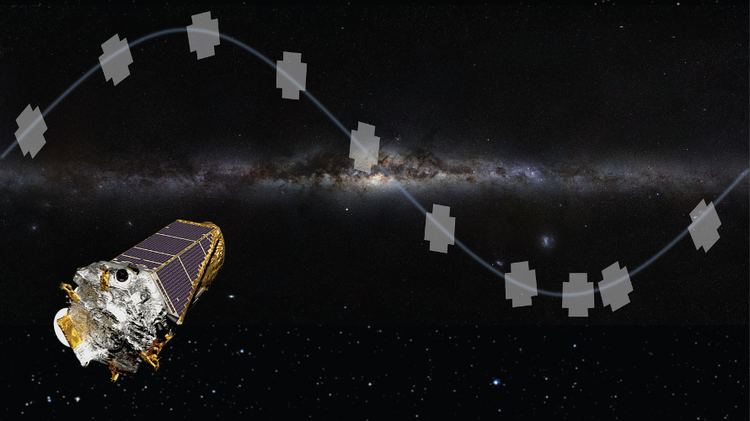 | ||
Similar Kepler‑442b, Kepler‑296e, Kepler‑438b, Kepler‑440b, Gamma Leonis | ||
K2-3, also known as EPIC 201367065, is a red dwarf with three known planets. All are Super-Earths, and the outermost is in the habitable zone. It is on the borderline of being a late orange dwarf/K-type star, but because of its temperature, it is classified as a red dwarf (4,000 K is typically the division line between spectral class M and K).
At a distance of 137 light years, the star ranks among the top 10 nearest stars known to have transiting planets. The star's proximity means it is bright enough to make it feasible for astronomers to study the planets' atmospheres to determine whether they are like Earth's atmosphere and possibly conducive to life.
"A paper describing the find by astronomers at the University of Arizona, UC Berkeley, University of Hawaii, Manoa, and other institutions has been submitted to Astrophysical Journal and is freely available on the arXiv website."The three planets are 2.1, 1.7 and 1.5 times the size of Earth. The outermost planet, at 1.5 Earth radii, is the smallest of the bunch and orbits far enough from its host star that it receives levels of light from its star similar to those received by Earth from the sun, said UC Berkeley graduate student Erik Petigura, who discovered the planets Jan. 6 while conducting a computer analysis of the Kepler data NASA has made available to astronomers. He calculated that the three planets receive 10.5, 3.2, and 1.4 times the light intensity of Earth."'Most planets we have found to date are scorched. This system is the closest star with lukewarm transiting planets,' Petigura said. 'There is a very real possibility that the outermost planet is rocky like Earth, which means this planet could have the right temperature to support liquid water oceans.'"Planetary system
K2-3 has at least three confirmed exoplanets.
References
K2-3 Wikipedia(Text) CC BY-SA
